Should You Re-Wrap Your Car Roof or Repaint It
Is the roof of your car starting to show its age?
Maybe the paint is faded, the clear coat is peeling, or you just removed an old vinyl wrap and found yellowing underneath. This is a common issue, especially for vehicles that have been exposed to harsh sunlight or wear over time. It can take away from the overall appearance of your car and leave you wondering what to do next.
At this point, many car owners face a familiar question. Should you repaint your roof, or would it be better to re-wrap it?

The answer depends on several important factors. These include your budget, the current condition of the roof, and what kind of result you are aiming for—whether that is restoring a clean factory look or giving your car a fresh new style.
In this article, we will walk you through both options. You will learn what wrapping and repainting can achieve, how they differ, what each process costs, and how to determine which one is the right fit for your needs.
Let’s take a closer look at how to bring your car roof back to life.
Why Car Roofs Are Prone to Damage
While many vehicle owners pay close attention to their hood, doors, and bumpers, the roof is often left out of routine detailing and long-term care. Unfortunately, it is one of the areas most vulnerable to environmental wear.
The roof receives direct sunlight almost every day, especially if your car is parked outside for long periods. Over time, this leads to UV damage, which gradually breaks down the protective clear coat and causes oxidation and fading. When the clear coat starts to fail, the base paint underneath is no longer shielded. This makes it easier for moisture, pollution, and contaminants to do further harm.
If your vehicle's roof was previously wrapped and has been left on for over 4 years, the adhesive from an aging vinyl wrap may begin to bond tightly with the clear coat. When that wrap is removed, it can pull off portions of the paint protection layer with it. What remains is often an uneven, discolored surface that cannot be restored through simple polishing. A yellow tint, blotchy patches, or exposed raw paint are all signs that the clear coat has deteriorated.
Another reason roof damage goes unnoticed is that it is out of sight and easy to neglect during regular washing and maintenance. Dirt, sap, and bird droppings may sit on the surface longer than they should, further contributing to the breakdown of the finish.
Repainting the Car Roof: Pros and Cons
If your car’s roof is showing signs of serious damage like peeling clear coat, rust, or uneven color, then repainting may be the most effective long-term solution. Unlike wraps, which are applied over the existing surface, repainting allows you to fully restore the roof’s integrity and appearance from the base up.
But before you commit, it’s important to weigh both the benefits and the potential drawbacks.
Pros of Repainting
1. Restores a factory-fresh look
Repainting brings the roof back to its original condition or allows for a completely new color. Whether you want to match the factory shade or go with a bold contrast, professional paint delivers a smooth, uniform finish.
2. Adds a new layer of protection
A fresh paint job includes primer, base coat, and clear coat. This not only improves appearance but also protects the roof from UV rays, moisture, and corrosion.
3. Boosts resale appeal
When done by a skilled technician, repainting can raise the overall value of the vehicle. A clean, damage-free roof contributes to a stronger visual impression and suggests the car has been well cared for.
Cons of Repainting
1. Higher cost
Professional roof repainting can range from several hundred to over a thousand dollars, depending on the shop, paint quality, and whether additional bodywork is required.
2. Time commitment
Unlike a vinyl wrap, which can be installed in a day, repainting usually takes multiple days. The process includes surface preparation, paint application, curing, and in some cases, color blending with surrounding panels.
3. Risk of color mismatch
If you only repaint the roof and not the rest of the vehicle, there may be slight differences in tone. Even with exact paint codes, aging and fading on the other panels can make perfect matching difficult unless you opt for a full respray.
Re-Wrapping the Roof: A Cost-Effective Alternative
If your car’s roof looks worn or outdated but still has solid underlying paint, re-wrapping it may be the simplest and most cost-effective solution. Many vehicle owners are turning to vinyl wrap as a way to upgrade the look of their roof without the time, cost, or permanence of a full repaint.
Wrapping gives you the freedom to change your car’s appearance while also offering a layer of protection. It is especially popular among drivers looking to add a sleek gloss black finish, a modern matte look, or a custom texture like carbon fiber or brushed metal.
Pros of Re-Wrapping
1. More affordable than repainting
A roof wrap generally costs significantly less than a professional paint job. For drivers on a budget, this is an ideal way to refresh the vehicle’s appearance without a major investment.
2. Style variety
Vinyl wrap comes in a wide range of colors and finishes. Whether you want something subtle or bold, you can choose from gloss, matte, satin, carbon fiber, metallic, or even chrome looks to match your personal style.
3. Paint protection
A vinyl wrap serves as a barrier against UV rays, rain, and environmental contaminants. This helps preserve the original paint underneath and slows further deterioration.
4. Quick installation
In most cases, a professional roof wrap can be completed within a few hours. There is no need for multiple days of prep or curing, and the vehicle is ready to drive the same day.
5. Removable and reversible
Unlike paint, a wrap is not permanent. If you decide to change the look later or restore the car’s original appearance, the wrap can be removed without damaging the paint, provided the surface was healthy and the film was not left on for too long.
Cons of Re-Wrapping
1. Covers damage, but does not repair it
Vinyl wrap hides imperfections but does not fix them. If your roof has severe discoloration, bubbling, or peeling paint, those issues will remain underneath and could affect the wrap’s performance and appearance.
2. May not stick to damaged surfaces
Wraps require a clean, smooth surface for proper adhesion. If the paint is flaking or the surface is corroded, the vinyl may fail to bond correctly, leading to lifting, bubbles, or premature peeling.
3. Lifespan is shorter than paint
Even with high-quality film, a roof wrap typically lasts three to five years. Exposure to sun, extreme weather, or harsh cleaning methods can reduce that lifespan.
Vinyl Wrap vs Repaint: Which is Right for You?
Both vinyl wrapping and repainting your car’s roof offer real benefits, but they serve different purposes. Choosing the right option comes down to understanding your goals, the condition of your vehicle, and how much you are willing to spend.
Here are a few questions to help guide your decision:
-
What is your current budget?
-
Are you looking to customize the appearance of your car?
-
Do you need a long-term solution or just a temporary fix?
-
Is the roof’s paint intact, or is it peeling, rusted, or flaking?
-
Are you hoping to add protection or restore the surface completely?
Let’s break it down further.
Choose a Vinyl Wrap if:
-
You want a cost-effective way to refresh the look of your roof
-
The paint underneath is intact, with only minor discoloration or fading
-
You’re interested in changing the finish or color without committing permanently
-
You need a quick turnaround and minimal downtime
-
You want an added layer of protection from sun and dirt
A roof vinyl wrap is ideal for covering up minor imperfections, updating your car’s style, and protecting the surface beneath. It is the right option if your roof looks dull but is still structurally sound.
Choose a Repaint if:
-
Your roof has peeling paint, exposed metal, or rust
-
The discoloration is severe and cannot be covered evenly
-
You want a permanent restoration and are not planning to change the look again soon
-
You are willing to invest more time and money for a durable, long-lasting result
-
You plan to keep the vehicle long-term or restore it to factory condition
Repainting is the better choice when the damage goes deeper than appearance. It allows you to fully correct surface issues and bring your roof back to like-new condition.
Wrap vs Repaint a Car Roof: Cost Comparison
While both wrapping and repainting your car roof can refresh your vehicle’s appearance, the time commitment, pricing, and installation process are quite different.
Below is a side-by-side breakdown to help you compare the two options more clearly:
|
Option |
Average Cost Range |
Time Required |
DIY-Friendly? |
|
Vinyl Wrap |
$250 to $600 |
1 day or less |
Yes – with proper tools and experience |
|
Repaint |
$400 to $1,500+ |
2 to 5 days |
No – professional work required |
Vinyl Wrap: The Budget-Friendly Choice
A vinyl wrap is generally the more affordable option, especially if you are only wrapping the roof. Most professional shops charge between $250 and $600 depending on the film finish (gloss, matte, carbon fiber, etc.) and the complexity of the job.
It is also possible to install a roof wrap yourself if you are confident with tools, surface prep, and using a heat gun. DIY kits can reduce costs further but may not provide the same finish as a professional install.
Repainting: A Long-Term Investment
Repainting your roof professionally starts at around $400 but can climb past $1,500 depending on the extent of prep work needed. If the roof has rust, peeling clear coat, or deep scratches, the labor costs will increase.
Unlike wrap, repainting is not DIY-friendly. It requires precise paint matching, a controlled environment, and multiple steps including sanding, priming, painting, and clear coating.
Final Verdict: Wrap or Repaint Your Car Roof?
When it comes to restoring or upgrading your car’s roof, the right choice depends on two main things: how damaged the paint is and what kind of result you’re looking for.
If your roof shows only cosmetic discoloration, such as fading or mild yellowing, but the paint is still intact, a vinyl wrap is often the best choice. It offers a clean, stylish finish, protects the surface underneath, and gives you flexibility to change colors or textures later. Wraps are more budget-friendly, quicker to install, and ideal for giving your vehicle a refreshed, modern look.
However, if the damage runs deeper, like peeling clear coat, rust, or exposed primer, then wrapping alone won’t be enough. In that case, repainting the roof is the smarter investment. It restores the structural integrity of the surface, corrects underlying issues, and gives you a smooth, long-lasting finish that adds value to your vehicle.
No matter which option you choose, now is a great time to take action. Whether you're protecting your vehicle, prepping it for resale, or simply improving its appearance, investing in your roof’s condition makes a noticeable difference.
Tips for a Better Outcome
If you choose to wrap your roof:
-
Do not leave the wrap on for more than 2 to 3 years. Long-term exposure can break down the adhesive and lead to discoloration.
-
Park in shaded or covered areas whenever possible to reduce UV exposure.
-
Clean your wrap regularly using products designed for vinyl care.
-
Apply a ceramic coating made for wraps to enhance UV protection and extend lifespan.
-
Hire a professional installer to ensure smooth application with no bubbling or edge lifting.
If you decide to repaint:
-
Choose a reputable body shop with experience in color matching.
-
Ask about clear coat quality and warranty options.
-
Consider adding a wrap or ceramic coating after painting for additional protection.
FAQs
Q1: Can I wrap a car roof with peeling paint?
A: It's not recommended. The wrap won’t stick well, and imperfections will show.
Q2: How long does a roof wrap last?
A: Typically 3–5 years, depending on climate, quality, and maintenance.
Q3: Will wrapping my roof damage the paint?
A: No—if the paint is in good condition and the wrap is removed properly.
Q4: Can I wrap my car roof myself?
A: Yes, but it requires skill, a heat gun, squeegee, and patience.
Related Articles:








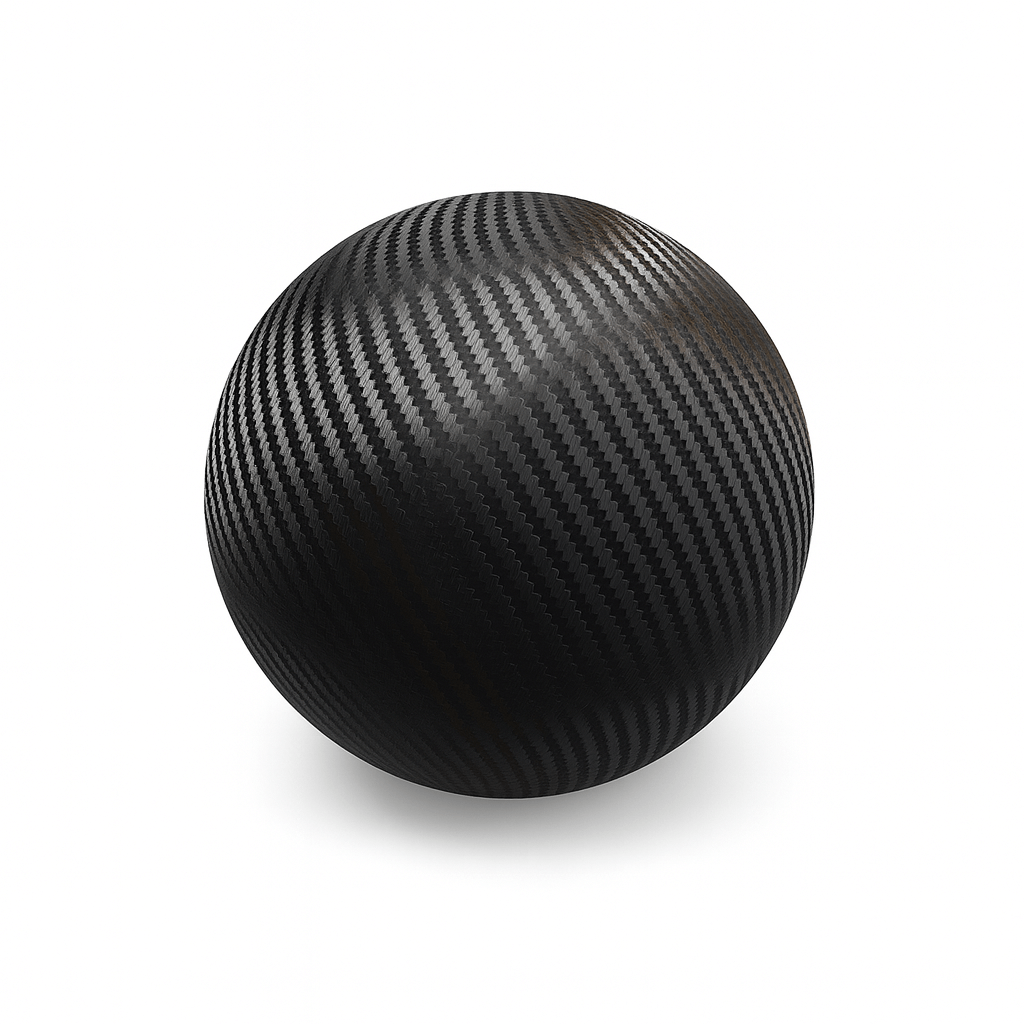

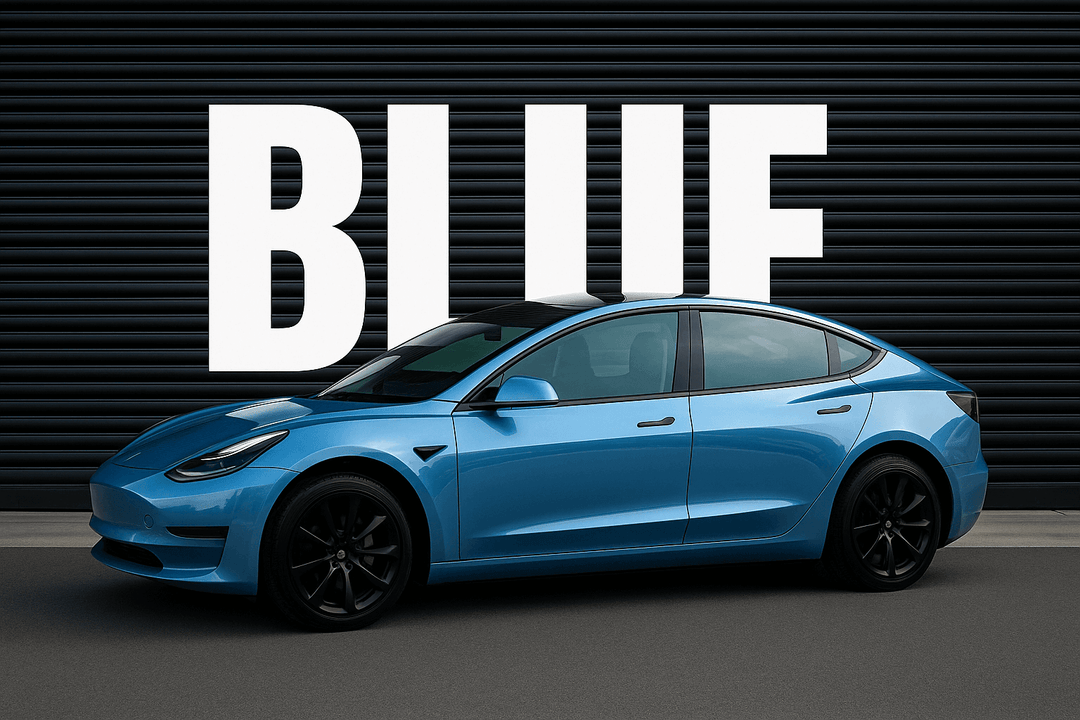
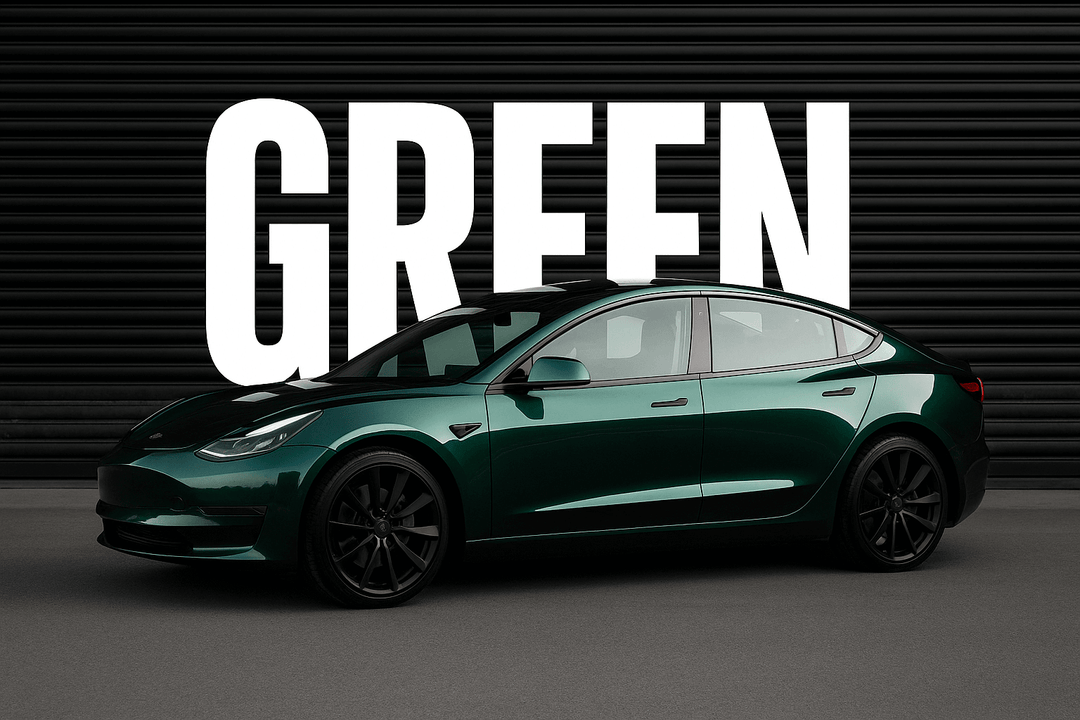

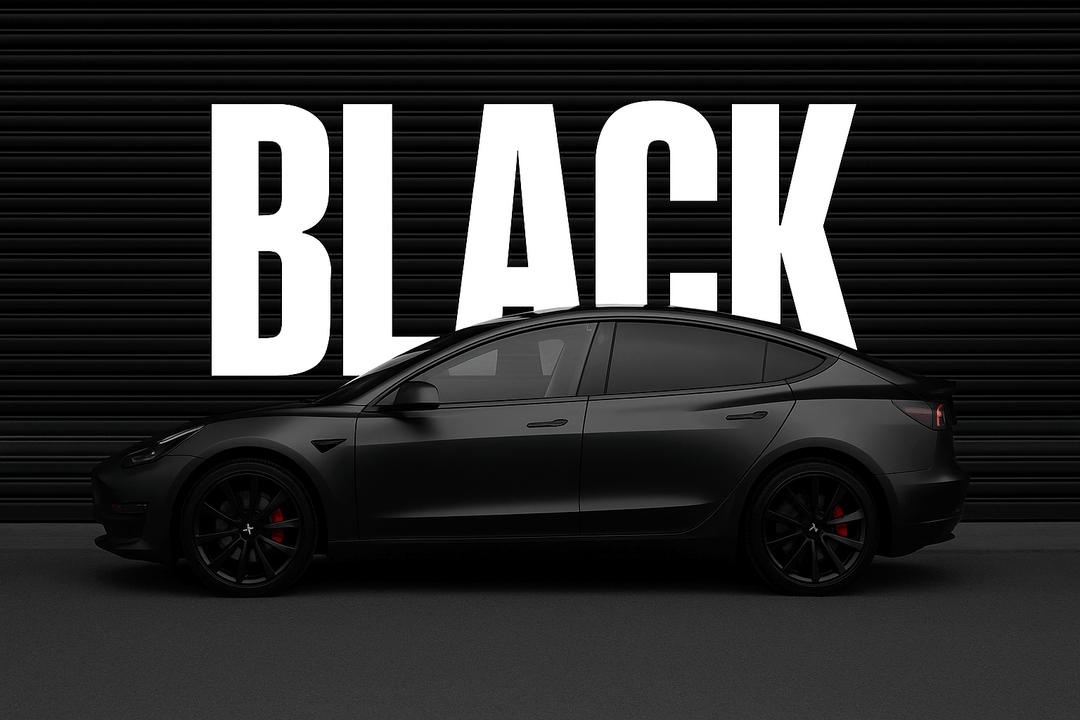

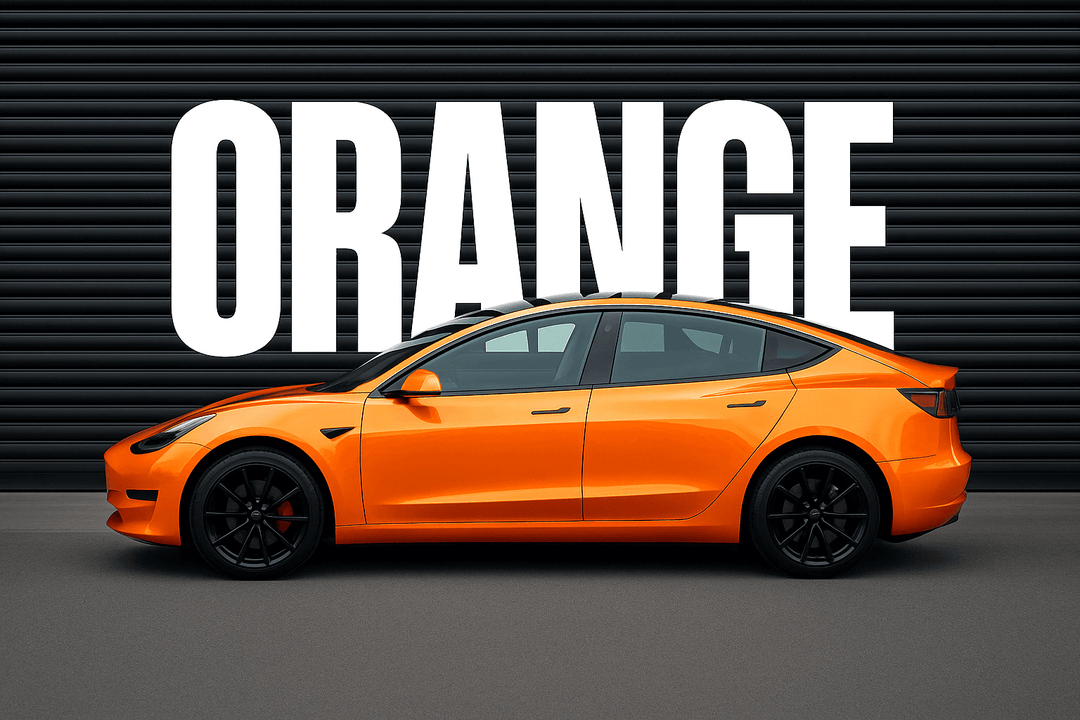
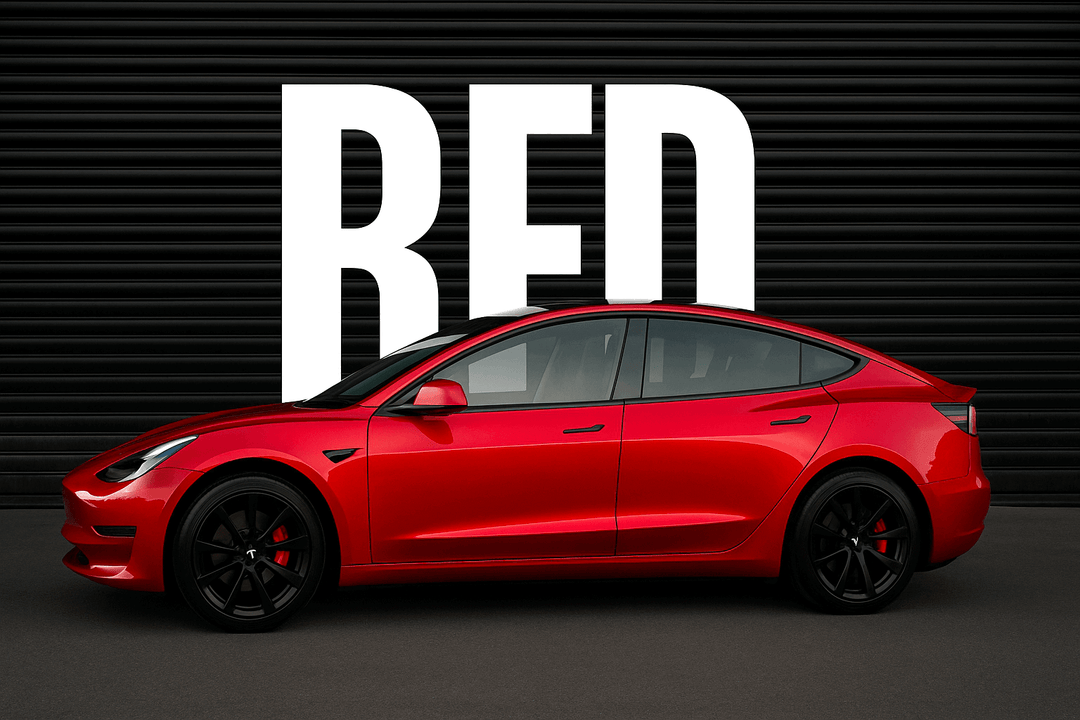
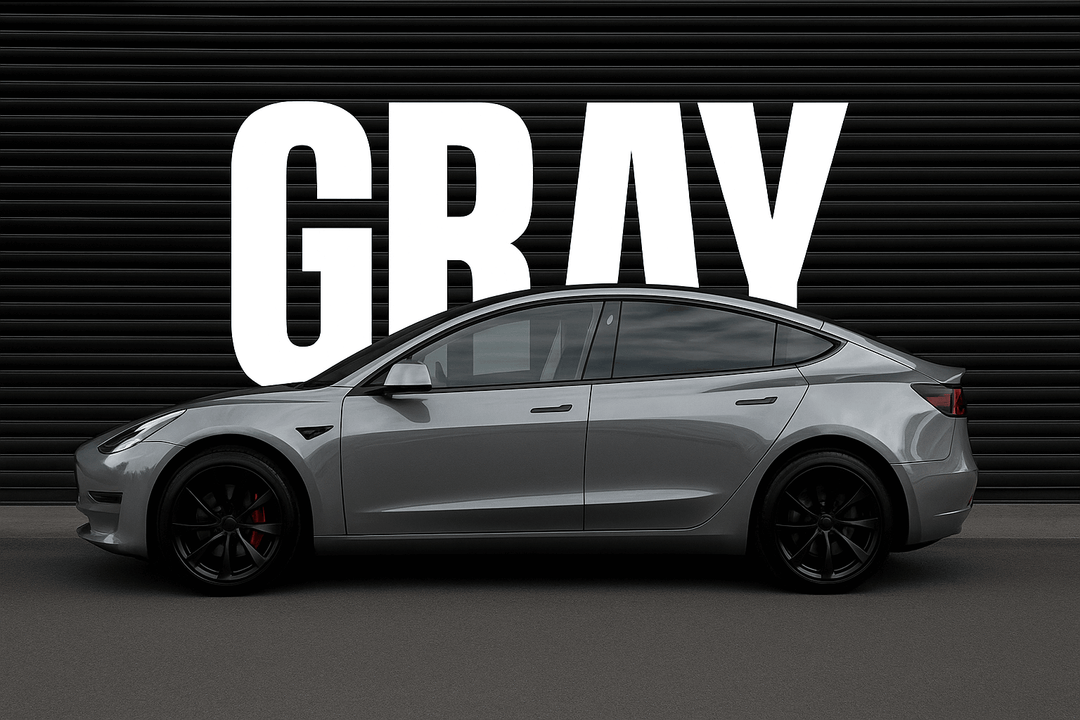

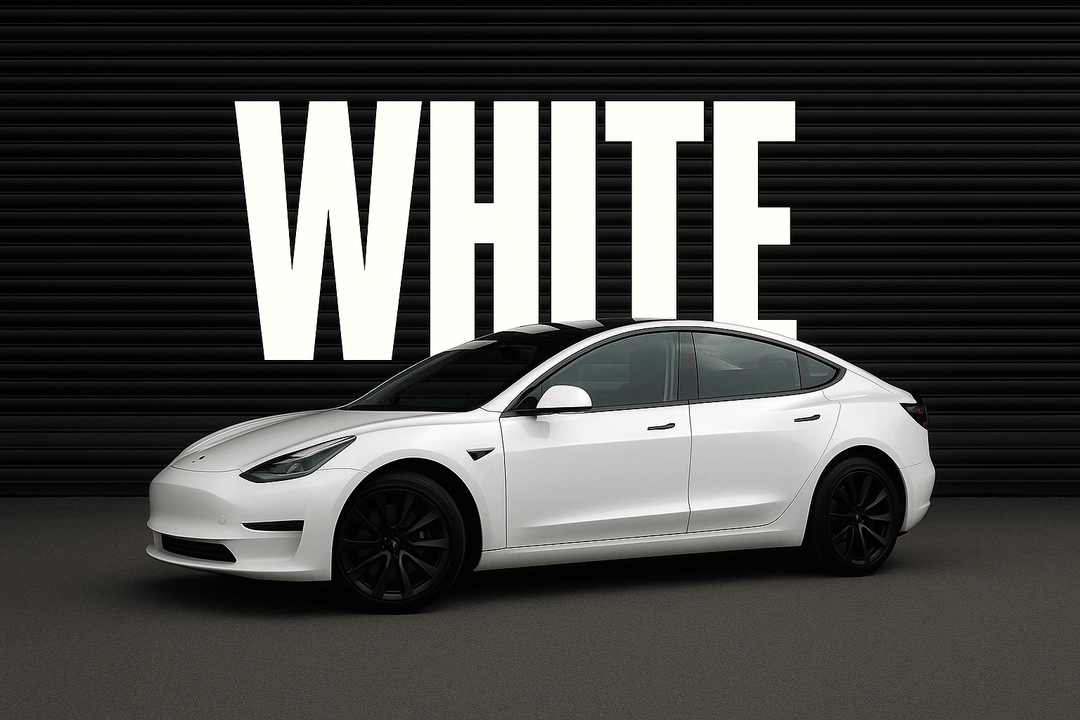
Leave a comment